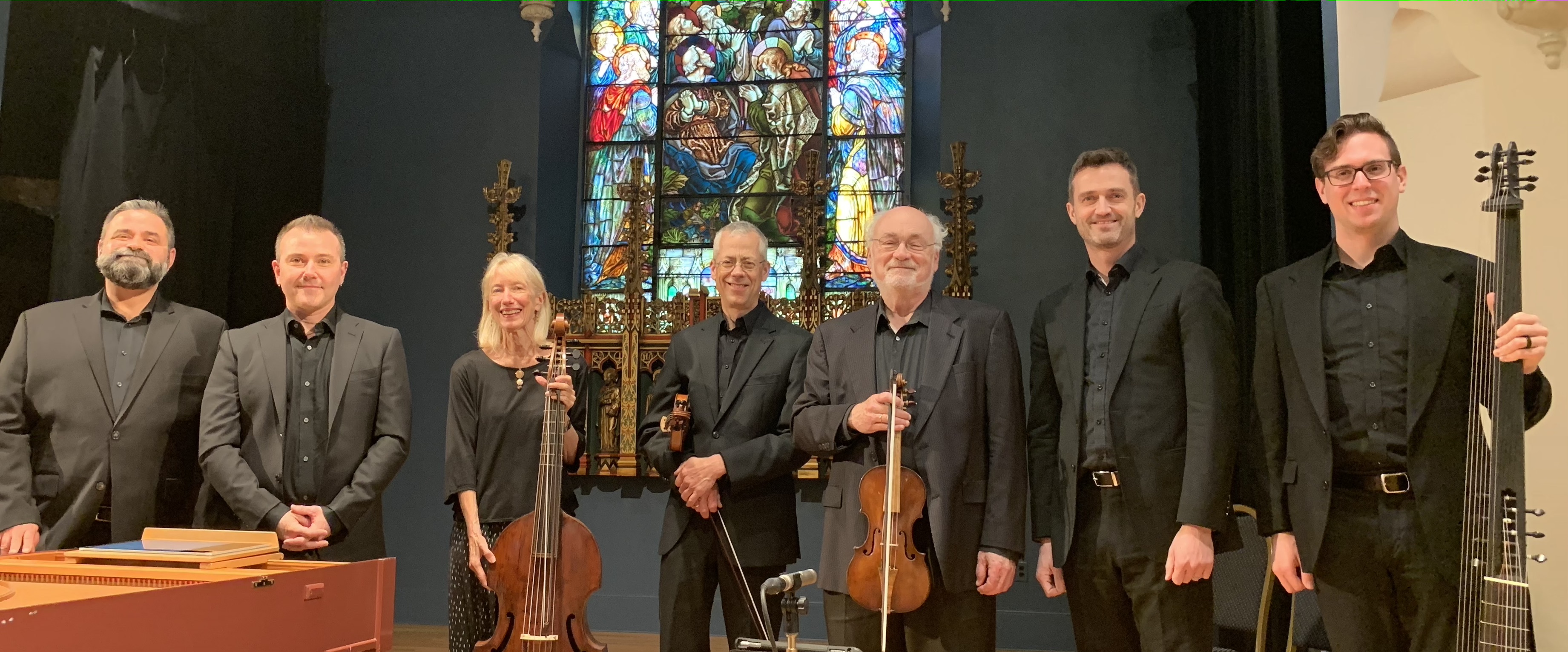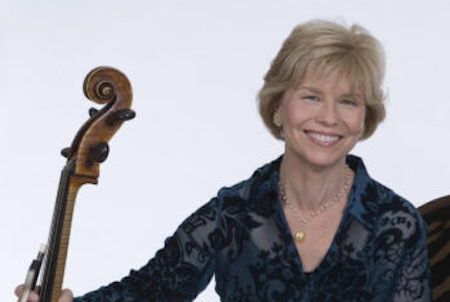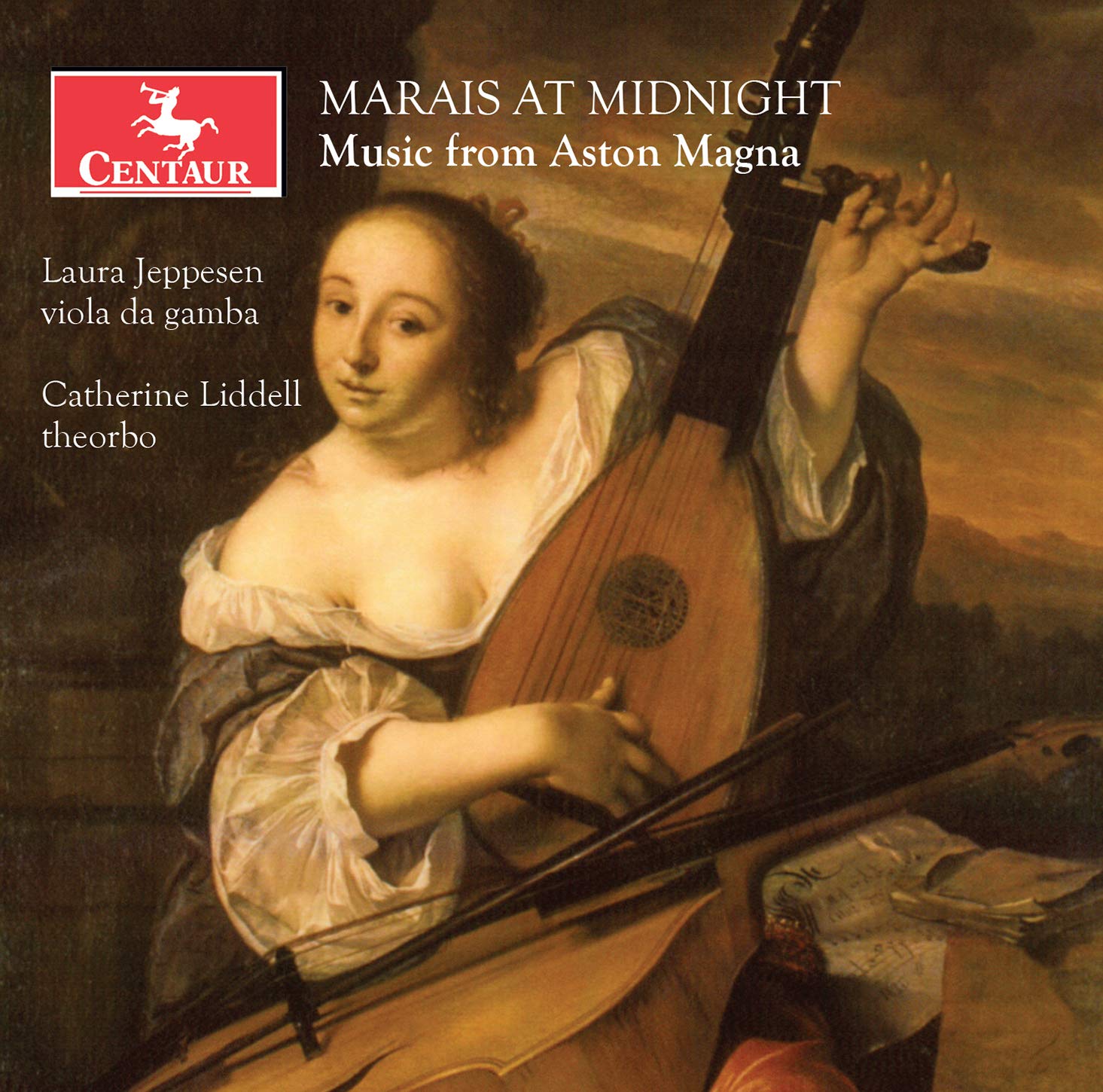
Notes and translations on the Program: Music for a Winter Solstice
Dec. 21, 2021, Hudson Hall, Hudson NY
Dec. 22, 2021, Saint James Place, Great Barrington, MA
Handel, Alessandro Scarlatti and Jean-Philippe Rameau achieved major public reputations as opera composers, but were much less well known in their day for their chamber music, which was intended for the private drawing rooms of people with wealth enough for leisure activities. Yet these composers all valued this medium, and contributed masterpieces to the genre. Handel composed many trio sonatas, solo sonatas for violin or flute, and a large repertoire of solo keyboard music. Furthermore, he embedded virtual chamber works within his operas, especially in accompanied arias.
Among Handel’s twenty trio sonatas – most for the classic combination of two violins and continuo — is tonight’s sonata, for which he added an optional viola part. It is “optional” because the harmony the viola adds is already covered by the continuo players at any given moment. Yet the viola part adds fiber and richness to the texture and at times even a bit of counterpoint. With the addition of the viola, the sonata becomes a proper quartet. Handel’s provisional inclusion of that tenor instrument might be said to herald the movement towards richer musical textures typical of late 17th- through mid-18th- century in chamber music. Purcell, Bach, Telemann and others were experimenting with these enrichments and contrapuntal challenges as well.
Especially in locations that didn’t have organs or harpsichords – thus no continuo “filler” — the need for the added harmonic voice encouraged the progressive inclusion of a viola in chamber repertoire as the 18th century progressed. Famously, it was at a remote country estate where the young Haydn was asked to compose for a quartet of two violins, viola and cello, and thus he effectively gave birth to the multi-movement string quartet as we know it.
The Sonata we offer tonight is really a suite in the French style rather than an Italianate sonata. After a scampering curtain-raiser, it features a miniature, two-part French overture before continuing with three contrasting dances. Handel thought well enough of several movements of this work that he orchestrated them for use in several of his stage works.
The centerpiece of the Sonata is the substantial Passacaille. Note the French spelling (among otherwise Italian titles) of a Spanish dance (Passacalle, sometimes called or confused with the Chacona) that seems to have been imported from the West Indies. Handel was, of course, a German who settled in London after an Italian apprenticeship, and became a British citizen. Talk about multi-culturalism!
* * *
Handel composed more than a hundred cantatas, most for a single voice and small ensemble, and mostly on secular texts. Virtually all of these were composed in his 20s, while he resided in Italy and was much feted, before making his fateful move to England. One of his Italian patrons, the Cardinal Benedetto Pamphili, wrote texts for Handel, while other nobles commissioned poetry for the young composer to set. It is not known who wrote the text for Un alma innamorata, but its setting was commissioned by Prince Francesco Ruspoli for performance at his country estate near Rome. The text speculates on the dangers of obsessive love.
* * *
The aria “Schafe können sicher weiden”(Sheep may safely graze) is found in Bach’s secular cantata Was mir behagt, ist nur die muntre Jagt (The lively hunt is all my heart desires). This early cantata is a long, grandly orchestrated work featuring several Greek gods, and is allegorically a tribute to the Duke Christian of Saxe-Weßenfels, leader of a small duchy not far from Weimar, where Bach was then resident “concertmaster.” The 28-year-old composer was apparently commissioned by his overseer, the Duke Wilhelm Erst of Saxe-Weimar, to compose the cantata as a gift for his neighbor, the Duke of Weißenfels.
Bach’s sacred cantatas far outnumber his secular cantatas, which — though not written for worship — are just as lavishly orchestrated and carefully composed as the church cantatas. The aria we perform tonight – a sort of chorale prelude in form – has often been heard alone and has been arranged for many different ensembles. It has become a universal favorite because of its simple pastoral beauty, its beguilingly layered texture and its text’s suggestion of safety in a realm where good governance prevails. Perhaps for Bach, the Duke for whom he composed the cantata was a symbolic stand-in for a more divine shepherd.
The rollicking little instrumental movement that follows on our program seems to be a stand-alone work, though Bach thought enough of it to recycle it in two of his cantatas.
* * *
Bach’s intricate cantata “Vergnügte Ruh” is a vexing enigma for this musician. It boasts some of his most luminous and life-confirming music while setting a dark and fiercely pessimistic text, which ends in a longing for death. Perhaps this incongruity is something only a devout denizen of the 17th or 18th century could understand fully. Or perhaps it was Bach’s intent to comfort those afflicted with cynicism and disgust for the immoral state of the world.
The first movement evokes the warm textures, rhythm and harmonies of the valedictory aria “Mache dich mein Herze rein,” from the Matthew Passion. The oboe d’amore gives a sort of burnished glow to the ensemble. The text conveys the idea that blessed peace of mind and soul can only be gotten by practicing virtue that is absent in Hell.
The first recitative pulls no punches: Hell is equated with life of earth. It is a bleak, angry view of our sinful, violent world.
The second aria’s text is only slightly less grim, but resigned. It imagines how God must pity the living. This was Bach’s first cantata to employ the organ as an obbligato (solo) instrument and not just an element of the continuo ensemble. The setting requires the accompaniment of an organ with two manuals (keyboards), necessitating a large church organ much like the one Bach had at his command in the Thomaskirche in Leipzig. The aria’s two highly chromatic, through-composed organ lines interweave in intricate, imitative counterpoint. Not having a double keyboard on our organ tonight, we have arranged the duo for one manual and one violin. The continuo part in this aria is played, as Bach intended, by upper strings only. The vocal part is also very florid, and the resultant four-part texture — high and shimmering — is unique in Bach’s work. Frequent appoggiaturas – “weeping” motifs – convey the pathos of pity throughout the aria.
The second recitative, cushioned by glowing strings as well as the organ, speaks of release from this world, reminding the listener that one is commanded to love one’s enemies despite their hatefulness, and suggesting that God is Love itself.
In the energetic final aria, the oboe d’amore returns, joining the ensemble and singer with rhythms and intervals that lend an almost rustic quality to the text, still somewhat curmudgeonly in its imagery but looking forward to peace in a better place.
~ Daniel Stepner
* * *
TRANSLATIONS
“Un alma innamorata”
(A soul in love)
[Recitative:]
An enamored soul is imprisoned by Love,
And lives in a wretched state.
Without his realizing it, the sickness grow,
Since by loving so intensely, he becomes a slave.
[Aria:]
The poor heart, wounded by Love,
Sighs whether enraged or faithful.
Alas, only sorrows, jealous fear,
Chains and cruel pain await him.
[Recitative:]
And yet, even as his hopes die
He wishes, by remaining loyal to her,
That she join him in his languishing!
[Aria:]
But I, I rejoice, laugh and hope,
For I have more than one sweetheart.
When my thoughts pursue a casual love,
You will see no such ill effects in me.
[Recitative:]
For I find that I delight in laughter
When I spurn the harsh laws of True Love.
[Aria:]
Learn well the art of loving,
If you want to be happy.
The rigorous demands of Cupid
Are no match for my desires.
* * *
“Schafe können sicher weiden”
(Sheep may safely graze)
Sheep may safely graze
In a watchful Shepherd’s sight.
Those who rule with wisdom guiding
Bring to hearts a peace abiding
Bless a land with joy made bright.
* * *
“Vergnügte Ruh, beliebte Seelenlust”
(Blessed peace, beloved delight of the soul)
[Aria:]
Blessed peace, beloved delight of the soul,
You cannot be found among the sins of Hell;
Rather only where there is heavenly harmony.
You alone strengthen the weak breast.
Nothing but the gift of virtue
Shall find a home in my heart.
[Recitative:]
The world, that house of sin,
Bursts forth in hellish songs
And strives through hatred and envy
To sport [reflect] the image of Satan.
Its mouth is full of the snake’s venom
That often kills the innocent,
Yet only speaks of vengeance.
Righteous God, how far humanity
Has distanced itself from your love,
Yet still it proclaims curses and enmity,
And wishes only to trample one’s neighbor
Alas! How hard it is to atone for such crimes.
[Aria:]
How I pity, my God, those perverted hearts
That are so set against you.
I truly shudder and feel a thousand pangs
As they take delight only in vengeance and hatred.
Most just God, what must you think, then,
When with their truly Satanic intrigues,
They so insolently scoff at your strict commandments?
Ah! Doubtless you have thought:
How I pity those perverted hearts!
[Recitative:]
Who in these circumstances
Would wish to abide here at all,
Where only hatred and misfortune
Is the response to God’s love?
Yet, since God commands me
To love my enemy as my best friend
So anger and bitterness flees from my heart,
Which wishes to dwell in God alone —
God, who is Love itself.
Ah, harmonious spirit,
when will heavenly Zion be granted to you?
[No. 5 Aria]
I am repulsed at the prospect of living longer,
Transport me from here, O Jesus!
I am horrified by all this sinfulness.
Grant me a dwelling place
where I may be at peace.
Dec. 21, 2021, Hudson Hall, Hudson NY
Dec. 22, 2021, Saint James Place, Great Barrington, MA



